I have once again had the wonderful opportunity to participate in the Totally Tutorials Tutorial Exchange Program! I received a mosaic coaster kit from Artful Mosaic Supplies, complete with everything necessary to create four gorgeous little mosaics! I decided to split my set up and make four stained glass tile trivets instead of coasters – one to keep and three to gift! Though it’s admittedly a bit ‘interpretational,’ the one I’ve made for the tutorial is a sunset over the ocean.
Before continuing on to the tutorial, I’d like to thank Dana of Artful Mosaic Supplies for providing this incredibly convenient kit and to insist that you make your own mosaic (picture frame, bird bath, plant stand, and so on…) and purchase all your goodies from this lovely shop!
Materials:
- stained glass or ceramic tile pieces
- flat glass marbles or other waterproof odd and ends
- Mod Podge
- heavy duty glue (such as Weldbond)
- sealant
- sponge
- grout
- popsicle stick or old credit card
- grout float or a piece of pool noodle
- wooden coasters (or other flat surface)
- old paintbrush
- foam brush
Step 1. (not pictured) Arrange your tile pieces and marbles on your mosaic surface in whatever pattern you’d like. Play around with your designs until you’re satisfied, and then take a picture to use as a reference for the actual process.
Step 2. Using your paintbrush or foam brush, apply a thin layer of Mod Podge to your coaster to seal the surface. Allow it to dry thoroughly before moving to the next step.
Step 3. Using your paintbrush, apply a thin layer of glue to a small part of the coaster. Only apply it to one area at a time, or it will dry before you can finish.
Step 4. Begin applying your tiles to the glued area. If you need to, use the picture you took at the beginning as a reference. Do not leave more than 1/4″ in between tiles, though I prefer about an 1/8″. Once you’ve covered the glued area, continue applying more glue and tiles until you’ve finished the entire coaster. Allow this to dry at least 24 hours before moving on to the next step.
Step 5. Pour some powdered grout into a small bowl, and slowly add water, stirring constantly, until you have a thick but smooth consistency. The consistency should be similar to thick pudding or peanut butter. Try not to add too much water, but if you do, just add some more grout to thicken it back up.
Step 6. Using a popsicle stick or an old credit card, spread a thick layer of grout onto your tiled coaster. Spread it all over the surface, using enough to fill in all the cracks. The grout will stain, so do this over a protected work surface, and wear gloves if you don’t want your skin dyed.
Step 7. Using your grout float or the piece of dense foam pool noodle, squish the grout into all the cracks and crevices, paying special attention to the uneven areas, like those around the glass beads. Let the grout cure for about ten minutes before moving on to the next step.
Step 8. Scrape away the excess grout with your old credit card, and then using a lightly dampened sponge, begin to wipe away the rest of the grout. Be careful that your sponge is just damp because too much water will wipe away the grout between the cracks as well. Leave your freshly-grouted tiles to dry for several days before sealing.
Step 9. If you’d like, paint the sides of the coaster. Now, dip a soft cloth into the grout sealant, and wipe it onto the entire surface of the tile, buffing away any leftover grout dust as you go.
You can make different patterns and experiment with different findings and textures. These make great gifts and are pretty enough to be left out all the time. They sure beat a potholder for protecting your table from fresh-from-the-oven dishes!
* the small print – I received the above-mentioned supplies free of charge from Artful Mosaic Supplies in exchange for the creation of a tutorial. I received no monetary compensation and was not in any way compensated for my opinion. I just like to make things!
* the small print – I received the above-mentioned supplies free of charge from Artful Mosaic Supplies in exchange for the creation of a tutorial. I received no monetary compensation and was not in any way compensated for my opinion. I just like to make things!

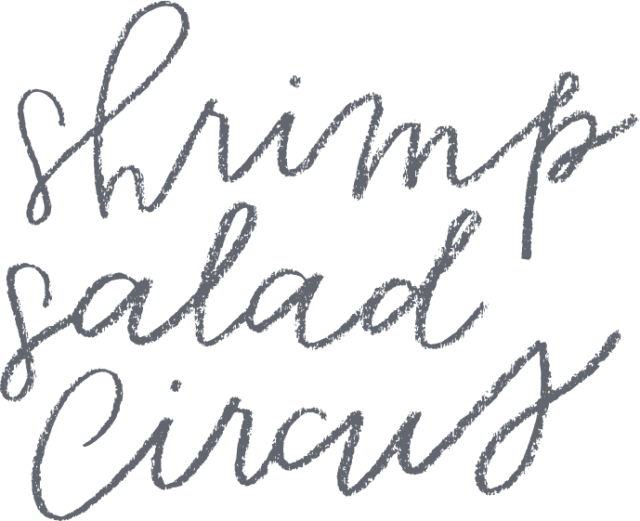


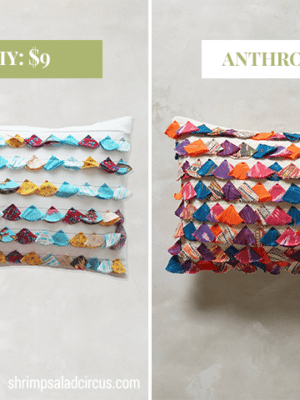

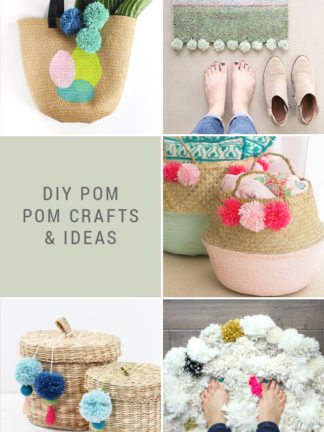
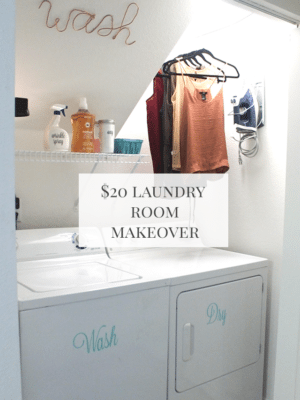


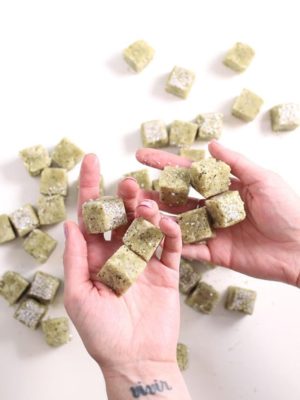
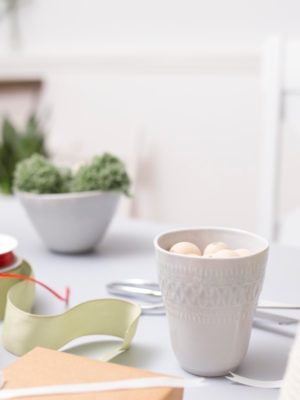


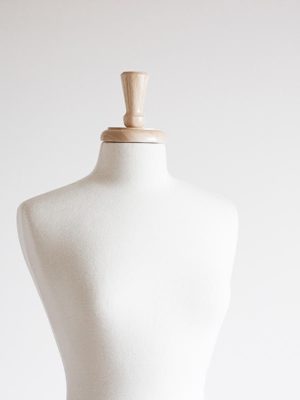

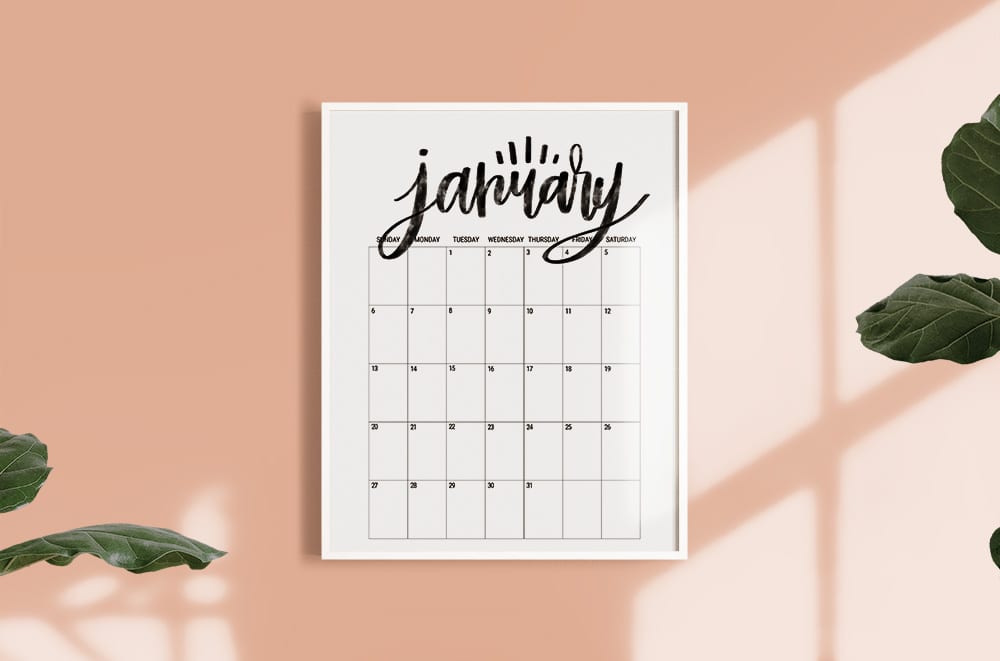
Do you need to “heatproof” your mosaic trivet before using it for those Very Hot dishes from the oven?
I want to to thank you for this good read!! I definitely enjoyed every little bit of it. I’ve got you book-marked to look at new stuff you post… 메이저토토사이트
Can I just say what a relief to seek out someone who actually is aware of what theyre talking about on the internet. You undoubtedly know the way to bring an issue to light and make it important. More folks have to read this and understand this aspect of the story. I cant believe youre not more popular because you positively have the gift. 안전토토사이트
Thanks for this one… I’ve been collecting broken china for years to do just this but always been a bit confused by directions on line, and not willing to pay $200 for s course (!). This is the clearest thing… do you think these would fare ok in a garden? I took my toddler to an open day at a Steiner kinder and there were some pavers with mosaics set into them and she was fascinated by how they glittered….
Thanks for the how to tutorial. This looks excellent.
I have been wanting to try this, but with broken china pieces on things like plant pots, or possibly a small table top..I am hopeful that this will work if the pieces aren’t too curved-or am I wrong?
Great tute-easy to understand, and pics are great! You’re a natural!
This is just delightful! These would be the perfect grad gifts for some of my friends.
Love this. I’m in need of coasters and can’t find any in the colors I want. Leave out the marbles and this should do the trick for me!
Fabulous Lindsay! I love your interpretation and this is such a beautifully written and photographed tutorial!
Thank you for doing justice to my mosaic supplies!
I hope you had fun 😉
~Dana
Lindsay-
Thank you for brightening my cloudy, rainy Minneapolis day with your sunset over the ocean!
Love Dana’s shop!
Michelle-